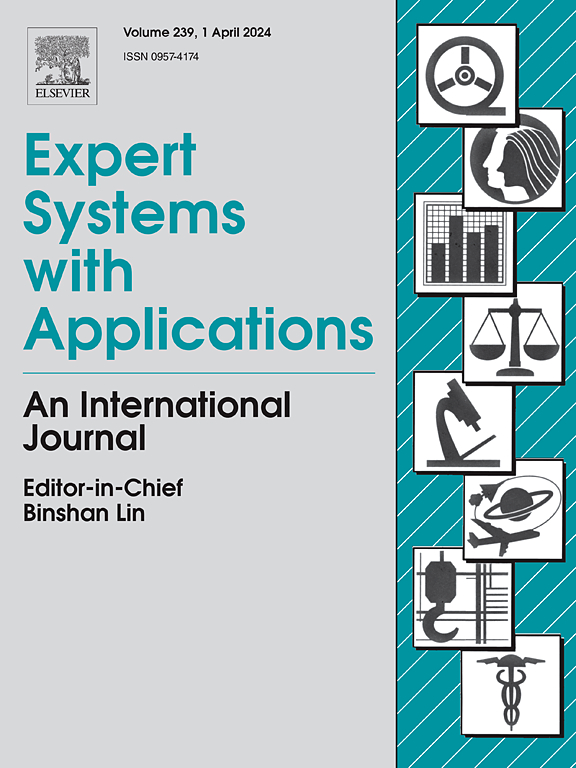基于频域感知的双分支图像去模糊方法
IF 7.5
1区 计算机科学
Q1 COMPUTER SCIENCE, ARTIFICIAL INTELLIGENCE
引用次数: 0
摘要
近年来,基于深度学习的单幅图像运动去模糊算法的研究取得了重大进展,人们越来越关注频域信息在图像恢复中的作用。然而,在需要详细恢复、噪声抑制和处理多种类型模糊的情况下,去模糊仍然具有挑战性。目前大多数可用的方法都侧重于从空间域或频域处理特征,这使得很难有效地平衡这些任务。此外,这些方法经常不加选择地组合所有与频率相关的信息,这样就会导致产生伪影的频率之间的交互。为了解决这些缺点,我们在本研究中提出了一种基于频域感知的图像去模糊双分支方法。双分支融合机制有效地结合了空间域和频率域的信息。此外,分支独立运行以克服当前方法的局限性,即不能同时分析来自两个领域的特征。在GoPro数据集上的实验结果验证了该方法的有效性。该模型的峰值信噪比为32.75,比基线模型提高了1.5%;结构相似性指数为0.957,比基线模型提高了0.42%。这证实了其增强的去模糊功能。代码可在https://github.com/Liu-1018/DFNet/tree/main上获得。本文章由计算机程序翻译,如有差异,请以英文原文为准。

Dual-branch image deblurring method based on frequency-domain awareness
Significant advances have been made in recent research on deep learning-based single-image motion deblurring algorithms, with an increasing focus on the role of information from the frequency domain for image restoration. However, deblurring remains challenging in scenarios that require detailed recovery, noise suppression, and the handling of multiple types of blur. Most currently available methods to this end focus on processing features from either the spatial or the frequency domain, which makes it difficult to effectively balance these tasks. Furthermore, these approaches often indiscriminately combine all frequency-related information, such that this leads to interactions between frequencies that generate artifacts. To address these shortcomings, we propose a dual-branch method of image deblurring in this study that is based on awareness of the frequency domain. The dual-branch fusion mechanism efficiently combines information from both the spatial and frequency domains. Moreover, the branches operate independently to overcome the limitations of current approaches that cannot simultaneously analyze features from both domains. The results of experiments on the GoPro dataset demonstrated the effectiveness of our method. It achieved a peak signal-to-noise ratio of 32.75, which was a 1.5 % improvement over the baseline model, and a structural similarity index of 0.957, marking an increase of 0.42 %. This confirms its enhanced deblurring capabilities. The codes are available at https://github.com/Liu-1018/DFNet/tree/main.
求助全文
通过发布文献求助,成功后即可免费获取论文全文。
去求助
来源期刊

Expert Systems with Applications
工程技术-工程:电子与电气
CiteScore
13.80
自引率
10.60%
发文量
2045
审稿时长
8.7 months
期刊介绍:
Expert Systems With Applications is an international journal dedicated to the exchange of information on expert and intelligent systems used globally in industry, government, and universities. The journal emphasizes original papers covering the design, development, testing, implementation, and management of these systems, offering practical guidelines. It spans various sectors such as finance, engineering, marketing, law, project management, information management, medicine, and more. The journal also welcomes papers on multi-agent systems, knowledge management, neural networks, knowledge discovery, data mining, and other related areas, excluding applications to military/defense systems.
 求助内容:
求助内容: 应助结果提醒方式:
应助结果提醒方式:


